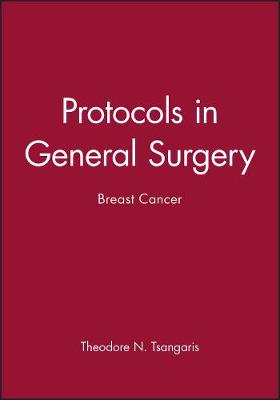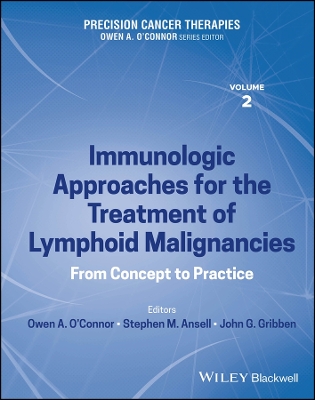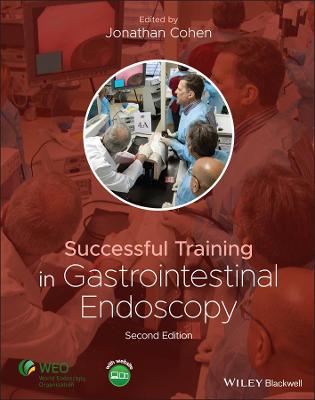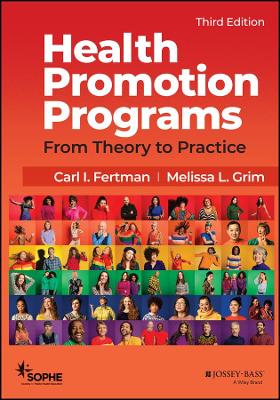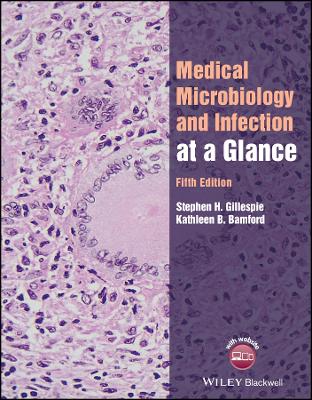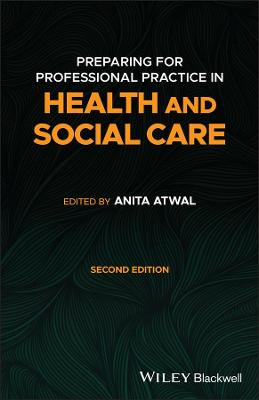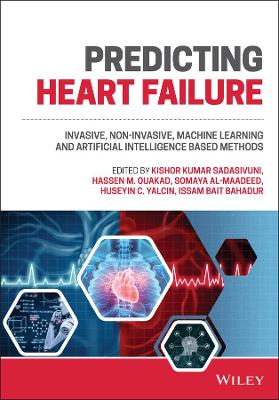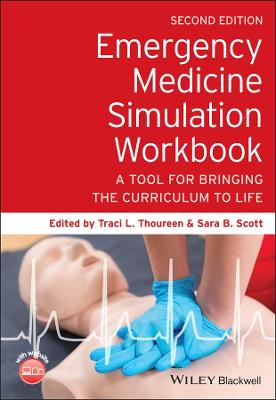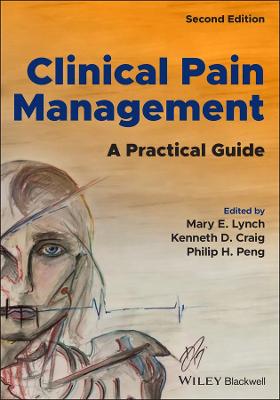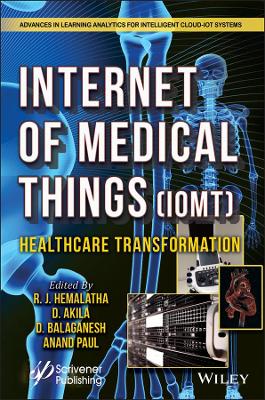Concise Guide to Clinical Trials
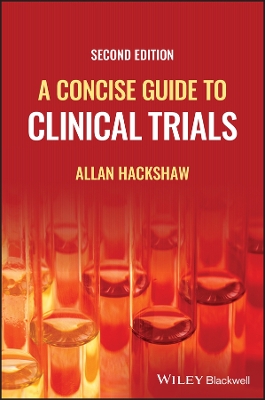 -10%
portes grátis
-10%
portes grátis
Concise Guide to Clinical Trials
Hackshaw, Allan
John Wiley and Sons Ltd
06/2024
224
Mole
Inglês
9781119502807
Pré-lançamento - envio 15 a 20 dias após a sua edição
666
Foreword xi
1 Fundamental concepts 1
1.1 What is a clinical trial? 1
1.2 Early trials 2
1.3 Why clinical trials are needed 3
1.4 Alternatives to clinical trials 3
1.5 Types of clinical trials 5
1.6 Key design features 7
1.7 Summary points 13
2 Types of outcome measures and understanding them 15
2.1 Clinical trial outcome measures (endpoints) 15
2.2 'True' versus surrogate outcome measures 16
2.3 Types of outcomes 18
2.4 Counting people 18
2.5 Taking measurements on people 19
2.6 Time-to-event measures 21
2.7 Patient-reported outcome measures (PROMs) 25
2.8 Summary points 27
3 Phase I trials 29
3.1 Trial objectives 29
3.2 Types of participants 30
3.3 Outcome measures 30
3.4 Designs 32
3.5 Conducting the trial 37
3.6 Statistical analysis and reporting the trial results 37
3.7 Summary points 39
4 Phase II trials 41
4.1 Trial objectives 41
4.2 Designs 41
4.3 Outcome measures 48
4.4 Estimating study size 48
4.5 Stopping early for toxicity 50
4.6 Statistical analyses 51
4.7 Interpreting phase II studies 55
4.8 Summary points 56
5 Phase III trials: design 59
5.1 Trial objectives 59
5.2 Designs 59
5.3 Inclusion and exclusion criteria 62
5.4 Experimental/investigational treatment group 64
5.5 Control (comparator) group 64
5.6 Randomisation and allocating participants 65
5.7 Blinding (placebo) 66
5.8 Outcome measures 66
5.9 Participant follow-up 68
5.10 Estimating study size 69
5.11 Non-inferiority and equivalence 72
5.12 Multiplicity: multiple treatment arms or multiple outcome measures 74
5.13 Participants who switch trial interventions (crossover) 75
5.14 Summary points 76
6 Phase III trials - fundamental aspects of analysis and interpretation 79
6.1 Efficacy 79
6.2 Safety toxicity and adverse events 96
6.3 Adherence (compliance) 98
6.4 Health-related quality of life (QoL) 99
6.5 Intention-to-treat and per-protocol analyses 102
6.6 Summary points 103
7 Randomised trials - additional aspects of analysis and interpretation 107
7.1 Non-inferiority and equivalence trials 107
7.2 Composite outcome measures 110
7.3 Subgroup (subset) analyses 111
7.4 Crossover trials 115
7.5 Factorial trials 115
7.6 Cluster randomised trial 117
7.7 Repeated measures 117
7.8 Multiple endpoints 117
7.9 Dealing with missing outcome data 119
7.10 Translational research 120
8 Commercial trials of medicinal products; other types of interventions; health economic analysis 127
8.1 Commercial trials of medicines (drugs) 127
8.2 Other types of interventions 135
Surgical techniques 137
Radiotherapy and radioactive substances 139
Behavioural/lifestyle interventions 139
Medical devices 141
Cell and gene therapy 142
8.3 Health economic analyses 144
9 Systematic reviews and meta-analyses; and real-world evidence 147
9.1 Systematic reviews of randomised controlled trials (direct comparisons) 147
9.2 Meta-analyses based on indirect comparisons 154
9.3 Real-world evidence and real-world data 159
9.4 Summary points 166
10 Conducting and reporting trials 169
10.1 Working group and key roles 169
10.2 Estimate and secure funding 170
10.3 Patient and Public Involvement and Engagement (PPIE) 171
10.4 Essential trial documents 171
Trial protocol 171
Participant/Patient Information Sheet (PIS) and Consent Form 172
Case report forms (CRFs) 175
Electronic database (randomisation system) 176
Standard operating procedures (SOPs) 176
Investigator's Brochure (IB) 177
Trial Master File (TMF) 177
10.5 Ethics and regulatory approvals 177
10.6 Trial set up 179
Register the trial 179
Contracts and agreements 179
Assess site feasibility 181
Site initiation and activation 181
Handling and distribution of trial drugs 181
Handling and shipping of biospecimens or imaging scans 182
10.7 Conducting the trial 182
10.8 Monitoring the trial and suspension/early stopping 184
Safety monitoring and reporting 185
10.9 End of trial 188
10.10 Reporting and publishing trials 190
10.11 Regulations and guidance associated with conducting trials 191
10.12 Why trials 'fail' 194
Clinical trial critical appraisal checklist 199
Glossary of abbreviations used in clinical trials 201
Further reading 205
Index 207
Foreword xi
1 Fundamental concepts 1
1.1 What is a clinical trial? 1
1.2 Early trials 2
1.3 Why clinical trials are needed 3
1.4 Alternatives to clinical trials 3
1.5 Types of clinical trials 5
1.6 Key design features 7
1.7 Summary points 13
2 Types of outcome measures and understanding them 15
2.1 Clinical trial outcome measures (endpoints) 15
2.2 'True' versus surrogate outcome measures 16
2.3 Types of outcomes 18
2.4 Counting people 18
2.5 Taking measurements on people 19
2.6 Time-to-event measures 21
2.7 Patient-reported outcome measures (PROMs) 25
2.8 Summary points 27
3 Phase I trials 29
3.1 Trial objectives 29
3.2 Types of participants 30
3.3 Outcome measures 30
3.4 Designs 32
3.5 Conducting the trial 37
3.6 Statistical analysis and reporting the trial results 37
3.7 Summary points 39
4 Phase II trials 41
4.1 Trial objectives 41
4.2 Designs 41
4.3 Outcome measures 48
4.4 Estimating study size 48
4.5 Stopping early for toxicity 50
4.6 Statistical analyses 51
4.7 Interpreting phase II studies 55
4.8 Summary points 56
5 Phase III trials: design 59
5.1 Trial objectives 59
5.2 Designs 59
5.3 Inclusion and exclusion criteria 62
5.4 Experimental/investigational treatment group 64
5.5 Control (comparator) group 64
5.6 Randomisation and allocating participants 65
5.7 Blinding (placebo) 66
5.8 Outcome measures 66
5.9 Participant follow-up 68
5.10 Estimating study size 69
5.11 Non-inferiority and equivalence 72
5.12 Multiplicity: multiple treatment arms or multiple outcome measures 74
5.13 Participants who switch trial interventions (crossover) 75
5.14 Summary points 76
6 Phase III trials - fundamental aspects of analysis and interpretation 79
6.1 Efficacy 79
6.2 Safety toxicity and adverse events 96
6.3 Adherence (compliance) 98
6.4 Health-related quality of life (QoL) 99
6.5 Intention-to-treat and per-protocol analyses 102
6.6 Summary points 103
7 Randomised trials - additional aspects of analysis and interpretation 107
7.1 Non-inferiority and equivalence trials 107
7.2 Composite outcome measures 110
7.3 Subgroup (subset) analyses 111
7.4 Crossover trials 115
7.5 Factorial trials 115
7.6 Cluster randomised trial 117
7.7 Repeated measures 117
7.8 Multiple endpoints 117
7.9 Dealing with missing outcome data 119
7.10 Translational research 120
8 Commercial trials of medicinal products; other types of interventions; health economic analysis 127
8.1 Commercial trials of medicines (drugs) 127
8.2 Other types of interventions 135
Surgical techniques 137
Radiotherapy and radioactive substances 139
Behavioural/lifestyle interventions 139
Medical devices 141
Cell and gene therapy 142
8.3 Health economic analyses 144
9 Systematic reviews and meta-analyses; and real-world evidence 147
9.1 Systematic reviews of randomised controlled trials (direct comparisons) 147
9.2 Meta-analyses based on indirect comparisons 154
9.3 Real-world evidence and real-world data 159
9.4 Summary points 166
10 Conducting and reporting trials 169
10.1 Working group and key roles 169
10.2 Estimate and secure funding 170
10.3 Patient and Public Involvement and Engagement (PPIE) 171
10.4 Essential trial documents 171
Trial protocol 171
Participant/Patient Information Sheet (PIS) and Consent Form 172
Case report forms (CRFs) 175
Electronic database (randomisation system) 176
Standard operating procedures (SOPs) 176
Investigator's Brochure (IB) 177
Trial Master File (TMF) 177
10.5 Ethics and regulatory approvals 177
10.6 Trial set up 179
Register the trial 179
Contracts and agreements 179
Assess site feasibility 181
Site initiation and activation 181
Handling and distribution of trial drugs 181
Handling and shipping of biospecimens or imaging scans 182
10.7 Conducting the trial 182
10.8 Monitoring the trial and suspension/early stopping 184
Safety monitoring and reporting 185
10.9 End of trial 188
10.10 Reporting and publishing trials 190
10.11 Regulations and guidance associated with conducting trials 191
10.12 Why trials 'fail' 194
Clinical trial critical appraisal checklist 199
Glossary of abbreviations used in clinical trials 201
Further reading 205
Index 207


